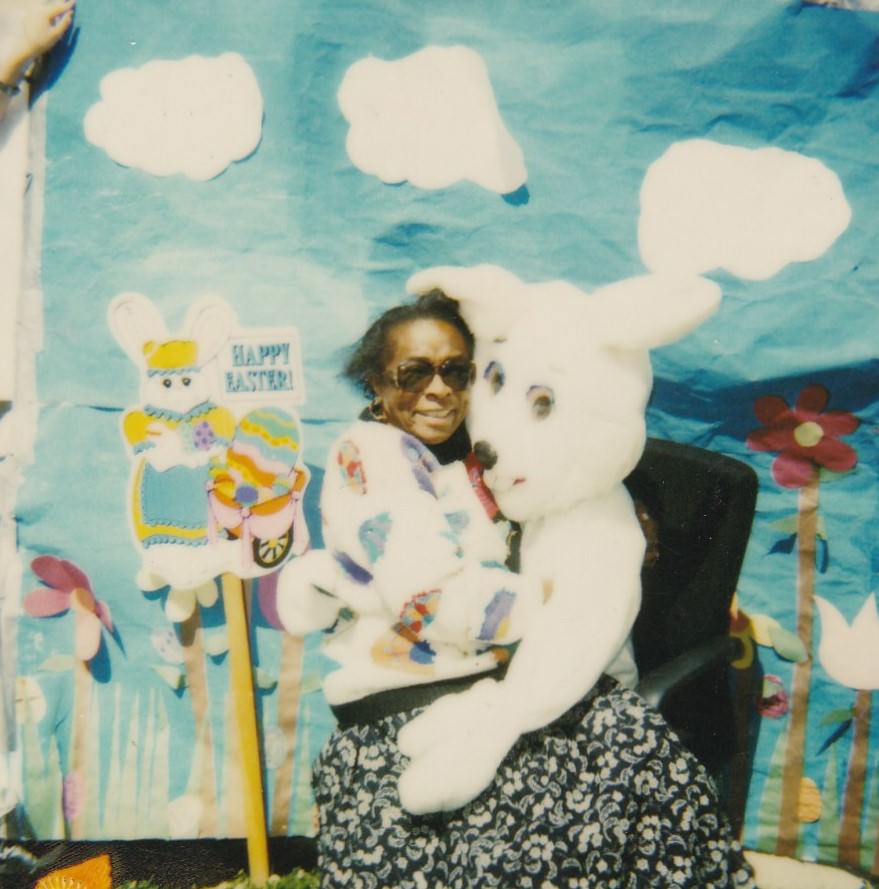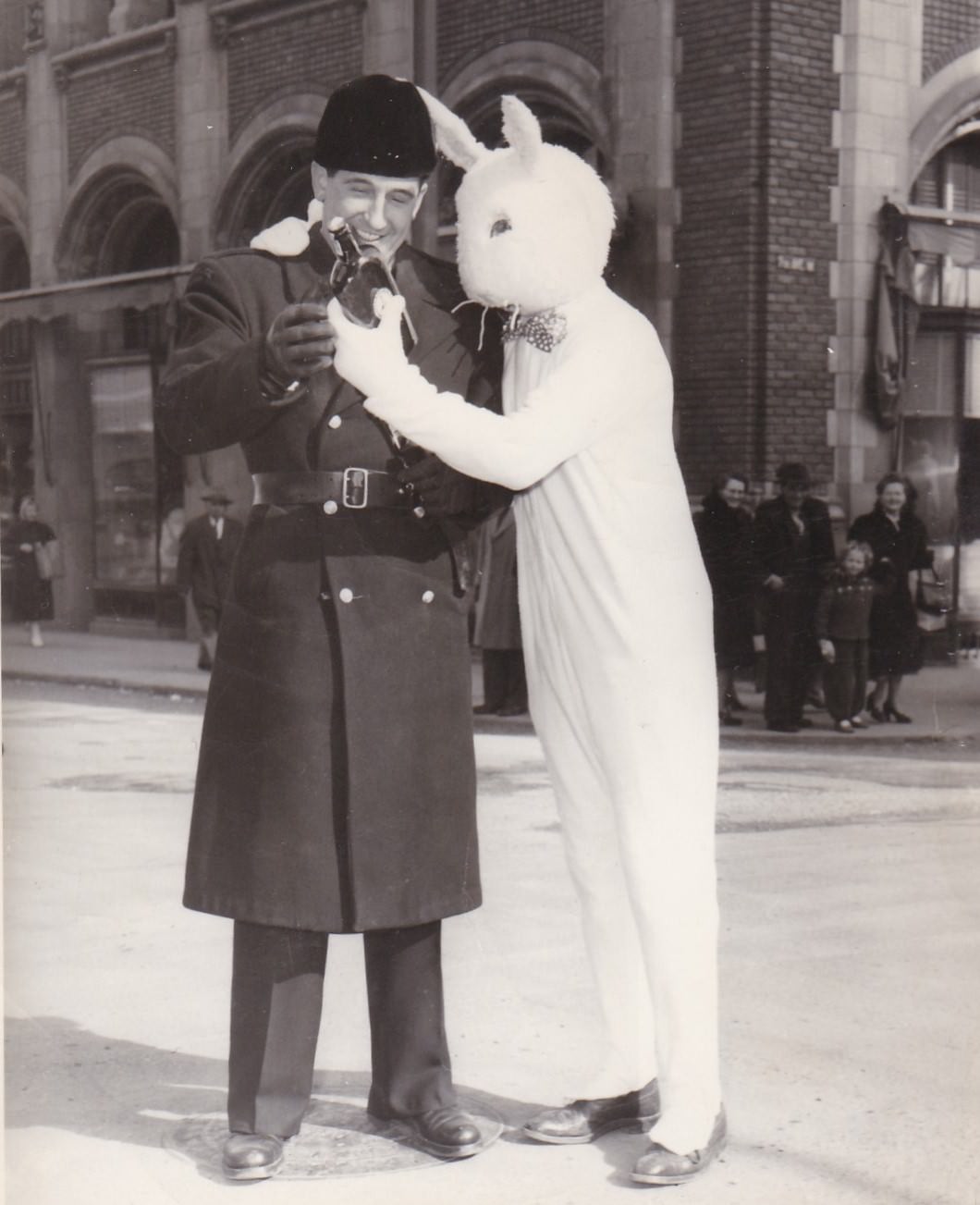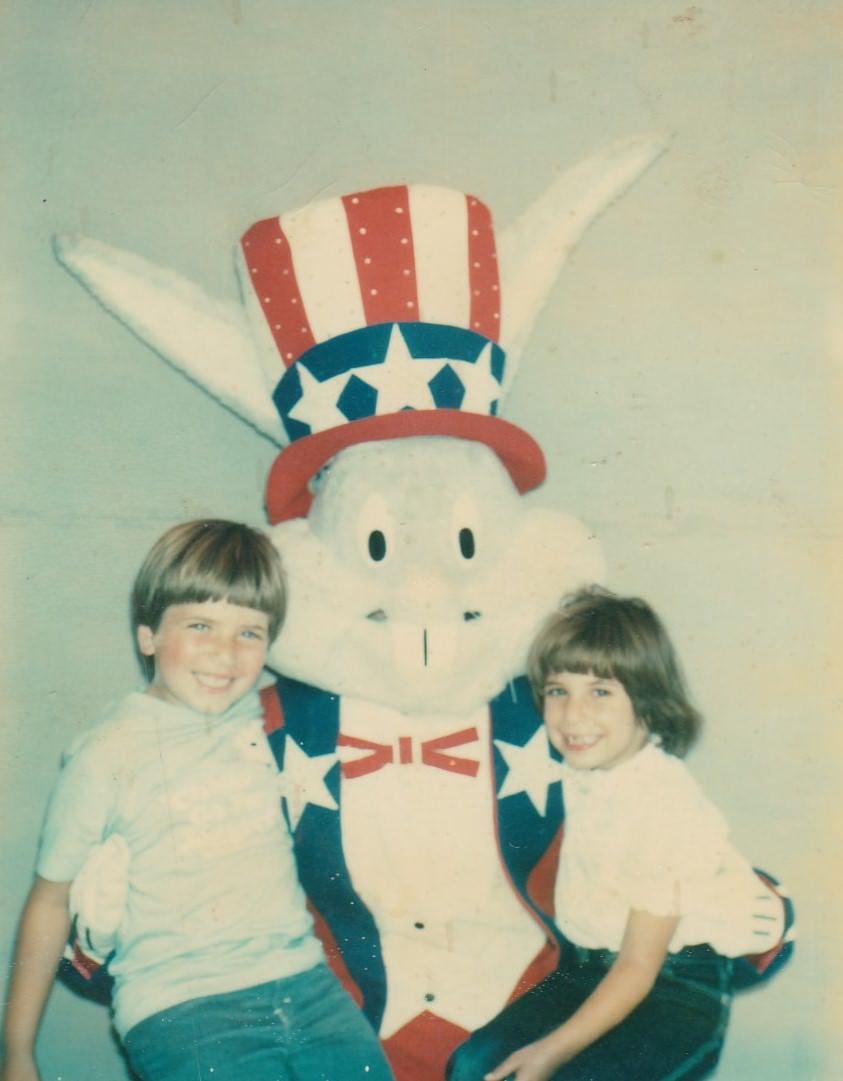Easter is a time of joy, rebirth, and of course, the Easter Bunny. But have you ever wondered where this fluffy, egg-delivering rabbit came from? And what did those early Easter Bunny costumes look like? Let’s dive into the history of this beloved holiday figure and explore some fascinating vintage snapshots.
The Origins of the Easter Bunny
The Easter Bunny’s roots trace back to pre-Christian traditions, where rabbits and hares were symbols of fertility and new life due to their impressive breeding abilities. In German folklore, the Easter Hare, or “Osterhase,” was a judge of children’s behavior, deciding who deserved treats. This tradition made its way to America with German immigrants in the 1700s, and the Easter Bunny as we know it was born.
The earliest Easter Bunny costumes were quite simple. People would often just wear rabbit ears or a mask, sometimes with a white outfit to complete the look. These early costumes were often homemade and varied greatly in quality and creativity. Some were charming and whimsical, while others were, well, a little creepy.
As Easter’s popularity grew, so did the demand for more elaborate Easter Bunny costumes. Department stores began hiring people to dress up as the Easter Bunny and pose for photos with children. These professional costumes were often more detailed and realistic, featuring fluffy white fur, oversized paws, and even mechanized ears that could wiggle and twitch.
Vintage Snapshots
Black and white photos from the early 20th century capture children with wide-eyed wonder as they meet the Easter Bunny. These photos offer a glimpse into a simpler time, when Easter was a cherished family tradition.
In some photos, the Easter Bunny is a rather terrifying figure, with a stiff pose and a blank stare. These early costumes were sometimes made from cardboard or papier-mâché, and their realism left much to be desired.
Over time, Easter Bunny costumes continued to evolve. In the 1950s and 60s, the costumes became even more elaborate, with intricate details and lifelike features. Some even had animatronics that allowed them to move and talk.
The rise of television and movies also played a role in shaping the Easter Bunny’s image. Classic films like “Here Comes Peter Cottontail” helped to popularize the modern image of the Easter Bunny as a friendly and playful character.
Today, Easter Bunny costumes come in all shapes and sizes, from traditional to trendy. Some are designed to look like classic storybook characters, while others are more modern and edgy. There are even costumes that allow the wearer to hop around like a real rabbit!


















